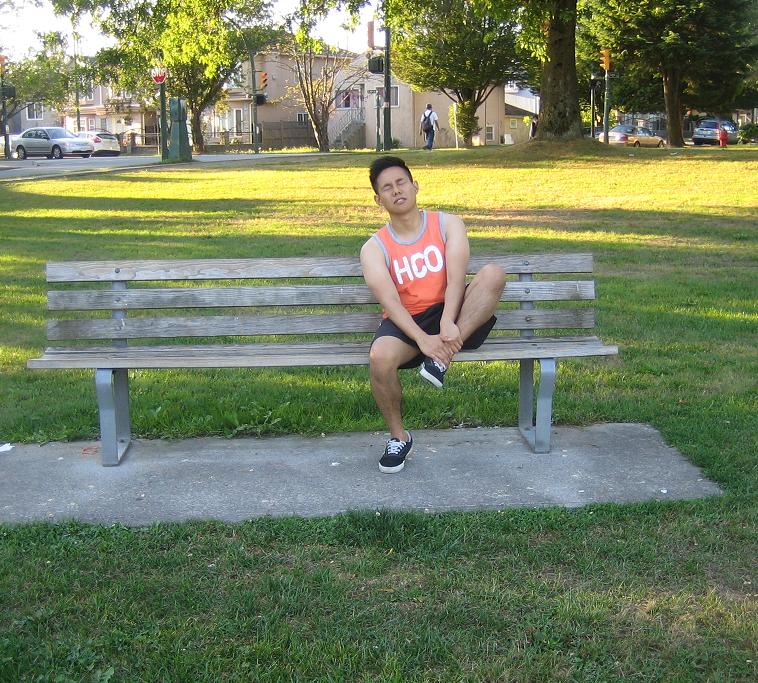Gout is a form of arthritis in which small-sized crystals form inside and around the joints. This condition triggers sudden episodes or attacks of intense pain and swelling. This condition typically affects men over 30 years old and women after menopause. Generally, gout is quite common among men than women.
Gout can be excruciating and debilitating but there are treatment options available to help relieve the symptoms and prevent further attacks.
What are the signs and symptoms of gout?
Always bear in mind that any joint in the body can be affected by gout, but it typically affects the joints at the ends of the limbs such as the ankles, toes, knees and fingers. The following are the signs and symptoms of gout:
- Intense pain in one or several joints
- Joint feels warm and tender
- Reddened, shiny skin over the affected joint
Always bear in mind that any joint in the body can be affected by gout, but it typically affects the joints at the ends of the limbs such as the ankles, toes, knees and fingers. - Swelling in and around the affected joint
These symptoms rapidly develop over a few hours and can last 3-10 days. After this period, the pain is expected to pass and the joint returns to normal. Almost every individual who has gout can suffer from future attacks at some point, usually within a year.
When to consult a doctor
A doctor should be consulted if an individual is suspected with gout and not previously diagnosed, especially if the pain becomes worse along with fever. A diagnosis must be confirmed since other conditions that require urgent treatment such as an infected joint can trigger similar symptoms.
If the individual has already been diagnosed with the condition and experiences an attack, a doctor should be consulted if the prescribed medications are not effective in a couple of days.
Causes of gout
Gout is triggered by the build-up of uric acid in the bloodstream. If excessive amounts are produced or the kidneys do not filter properly, it can lead to buildup and trigger the formation of sharp crystals in and around the joints. The crystals can cause the joint to become inflamed and sore.
Treatment
If an individual is diagnosed with gout, the treatment is aimed to relieve the symptoms during an attack and to prevent further attacks.
When relieving the symptoms during an attack, applying an ice pack over the joint and medications such as non-steroidal anti-inflammatory drugs (NSAIDs), corticosteroids or colchicine can be used.
The prevention of future attacks involves a combination of lifestyle modifications such as cutting down weight or changes in the diet as well as taking medications that lowers the level of uric acid such as allopurinol.
With proper treatment, many individuals can reduce the level of uric acid sufficiently in order to dissolve the crystals responsible for causing gout, thus further attacks can be avoided. Nevertheless, lifetime treatment is usually required.
Can gout cause other issues?
Oftentimes, gout can lead to other health issues especially in cases where it is poorly managed or left untreated. These health issues include kidney stone formation, permanent joint damage and development of small-sized, firm lumps of uric acid crystals under the skin which are called tophi.


